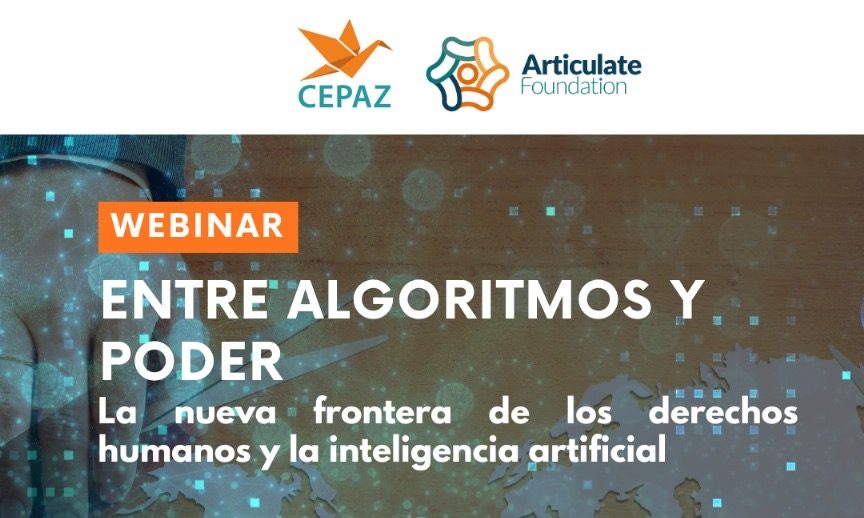For decades, philanthropy and investment were seen as separate worlds: one driven by compassion, the other by profitability. Today, that dichotomy has been broken. Impact investing is emerging as a form of capital committed to the common good, capable of generating financial returns and positively transforming communities and ecosystems. It’s both a strategy and a movement that seeks to restore some of the purposes of capital: to serve the public good.
As civil society organizations, we transform every cent into human good. Money, in itself, does nothing, it must become wellbeing.
In the U.S. alone, estimates suggest the impact investing market is nearing $9 trillion. With more than $300 billion in assets invested globally, redirecting just 1% toward social impact investments could close the annual $2.5 trillion gap estimated by the United Nations to achieve the Sustainable Development Goals (SDGs), according to Rockefeller Philanthropy Advisors. This is a historic opportunity to align capital with purpose.
Impact investing is more than a trend: it is a new way of understanding the power of money.
Yet for civil society, impact investing is more than a financial instrument—it is a bridge. A way to create new relationships of trust and cooperation with capital providers who want to do more than accumulate wealth. Together, we can ensure that money becomes more than a number; it becomes a force for good.
The question is not whether money makes us bigger, it’s how it makes us more powerful in delivering impact.
The value of investing with intention
Impact investing is defined as investing with the explicit intention of generating a positive and measurable social or environmental impact, along with a financial return. It is not charity; it is strategy. It is the conviction that money can and should be made to work for good.
Investing with purpose is not about giving up returns. It’s about expanding them.
According to the Global Impact Investing Network (GIIN), the vast majority of investors report that their portfolios meet or exceed both their financial and social expectations. Some accept below-market returns; others match or outperform the market with sustainable and inclusive models.
This is where foundations and civil society meet capital: to close the gap between investment markets and the common good. We help transform impact from intention into action.
Philanthropy as a catalyst for systemic change
This is where philanthropy has a transformative role to play. Foundations can lead strategically with their professionalism, expertise, and networks of change leaders. They can mobilize private capital for purpose, to serve a broader transformation.
Philanthropy enables the things that capital scale cannot do today, and it can be, and do, tomorrow.
Unlike commercial capital, philanthropy can take risks, incubate innovative solutions, fund early stages, and invest in causes without immediate returns. Rather than limiting themselves to the 5% annual mandatory giving requirement in the US, some foundations are using part of the other 95% of their assets—historically invested without social criteria—to multiply their impact through investment vehicles.
Philanthropy and civil society must continue to be the incubators of bold new ideas—solutions that traditional markets cannot yet imagine.
Impact investing matters because it opens the doors for those ideas to scale, for new actors to take part in solving age-old problems, and for capital to be a tool of transformation—not just accumulation.
Philanthropy enables new ideas in civil society on how to solve problems.
This catalytic capital can become guarantees, co-investments, or patient capital for new ideas to flourish and scale. It is a way to use all of philanthropy’s resources, not just its donations, to finance what the market does not yet dare to do, but what the world desperately needs.
An ecosystem of standards and opportunities
The market is rapidly professionalizing. According to the International Finance Corporation (IFC), at least $636 billion is managed with structured impact measurement processes, and more than $400 billion is aligned with the Operating Principles for Impact Management. Tools such as the Joint Impact Indicators or SDG-aligned metrics are helping to measure what matters.
It is not just about how much is invested, but how and with what intention.
Impact investing can take many forms: from deposits in community banks to hybrid funds, pay-for-results contracts, or impact bonds. In Latin America, actors such as IDB Invest assure that these types of investments are no longer a “fad,” but a transformative force for the regional financial market.
This is more than a financial strategy, it’s a mindset shift. Impact investing:
- Unlocks flexibility to try bold, innovative solutions that may not attract traditional capital.
- Enables long-term thinking, combining the rigor of investment analysis with the creativity of social change.
- Energizes civil society, by connecting resources to mission-driven enterprises that wouldn’t otherwise receive capital.
A Common Language: From Capital to Human Good
One of the most powerful ideas emerging from the impact investing field is the need for a shared language between civil society and the private sector. A language where money isn’t simply a transaction, but a transformation. A vocabulary that centers trust, well-being, and long-term cooperation—not just short-term returns.
Civil society organizations are uniquely positioned to convert capital into dignity, into education, into safe housing, into clean air. But we can’t do it alone. That’s why we must build stronger partnerships with investors who share a broader definition of value.
Let’s build a common language. A language where investment means solidarity, and finance means futures.
The challenge: measuring the intangible
One of the biggest challenges remains rigorously measuring impact. Unlike financial returns, social and environmental impact requires context-sensitive metrics and robust ethical frameworks. Comparing a solar energy company to a microcredit company is not simple. But if we want credibility, we need data. And if we want transformation, we need empathy with evidence.
The great opportunity
Impact investing does not replace philanthropy or the public sector. But it allows private capital to stop being part of the problem and become an active part of the solution.
Philanthropy can lead the way. The market can follow. Together, they can change the course of the world.
Because in the end, money becomes more powerful not when it grows, but when it gives.


















